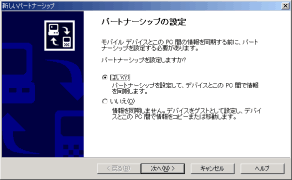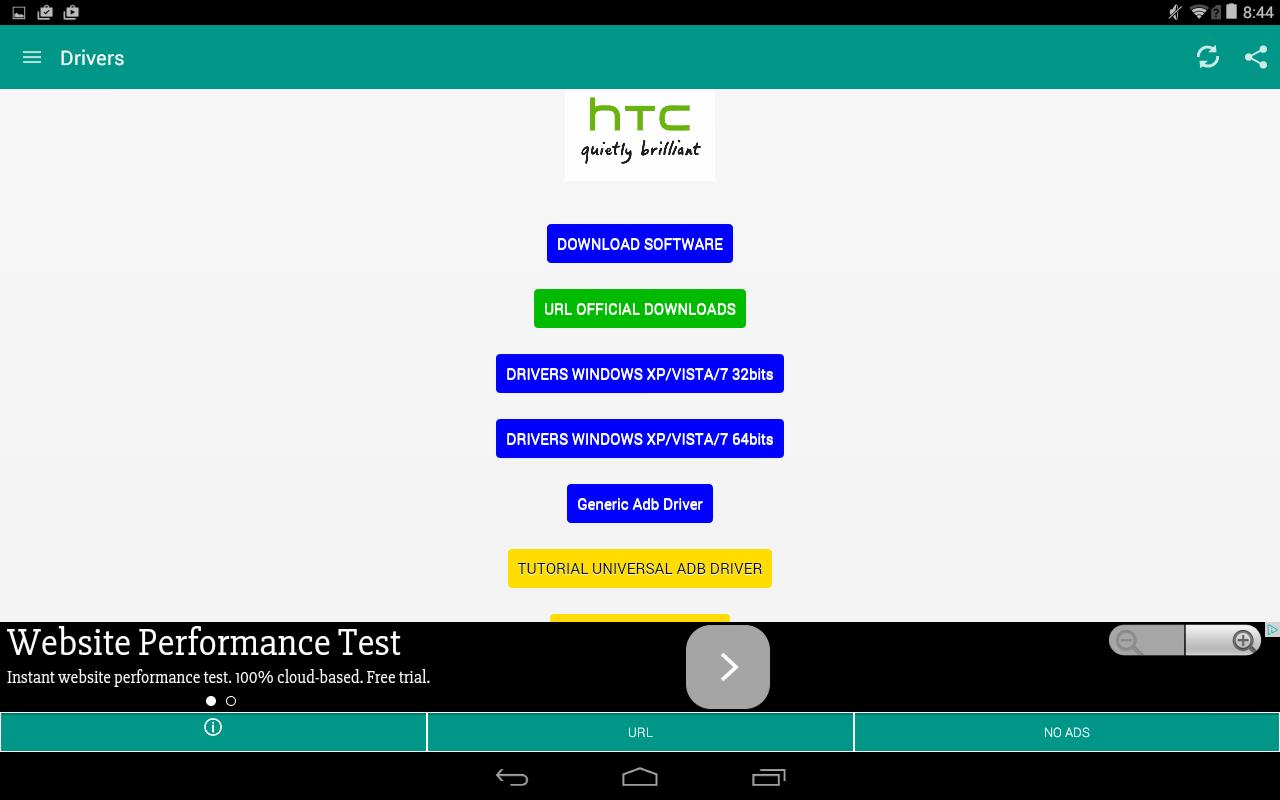Category: sound card
Manufacturer: Sound blaster
Caution Level: Intermediate
Download File Size: 3.2 Mb
Operating System: Windows NT, Windows XP, Windows 2000, Windows 98
Latest Version / Release Date: blaster / Not Stated
Windows device driver information for Game Port for SB Live! Series
Low-latency during wave-capture and wave-rendering. A glitch-resilient audio stream. Like the WaveCyclic and WavePci port drivers in earlier versions of Microsoft Windows, the WaveRT port driver provides the generic functionality for a kernel streaming (KS) filter. The WaveRT port driver provides support for audio devices that can do the following. . USB composite device driver. USB human interface device driver. USB audio device driver 1. USB composite device driver installation. After connecting the USB adapter to your computer’s USB port, the “Add New Hardware Wizard” opens to begin searching for the USB composite device driver. Click Next to continue.
Trusted Windows (PC) download DENSO WAVE Active USB-COM Port 2.1.0.6. Virus-free and 100% clean download. Get DENSO WAVE Active USB-COM Port alternative downloads. This page shows an FAQ “What is the support status of Windows 10 of the Active USB-COM Port Driver?” about DENSO WAVE’s Active USB-COM Port Driver. DENSO WAVE serves as a leader in developing and manufacturing automatic data capture devices for QR codes.
The game port was designed specifically for gamers and professional sound and music producers. It perfumes with great excellence and delivers the fastest performance in audio, it gives out the most intense sound in al games. The designers and developers have incorporated X-RAM technology so as to give the user better quality and better performance of even the tiniest sound in games. The SB has come with a totally new audio engine that boosts a games real performance, it increases by a magnitude of 15% over motherboard audio and still produces realistic effects. While in a game the X-FI gives the user the advantage of learning and hearing their enemies before the sneak up on them. This is supported by the EAX advanced HD that makes whizzing bullets sound real, the sound effects produced in a game come to life when using the SB.
Outdated Drivers?
Unless you update your drivers regularly you may face hardware performance issues.
To check your drivers you should manually verify every device on your system for driver updates
Denso Wave Port Devices Driver Download For Windows 7
The SB requires a system that is a P III/IV and preferably a Celeron with a minimum random access memory of 128. 512 random access memory is preferred so as to fully utilize the capabilities of the SB blaster. The operating system should Microsoft Windows XP service pack 2 or XP pro. A 600mb space is required on the computers hard disk space. Their should a free PCI 2.1 slot available for the SB card that is a accompanied by a graphics card that is supported with direct X9 and open GL. The computer should be compliant with 3D graphics accelerator and should have an internet connection so as the user can obtain and up date the cards software. The package contents include an instructions manual that is step by step installation guidance, included is the sound blaster card and the software pack that has an auto play option. It is highly recommended you run a free registry scan for Windows and Game Port for SB Live! Series errors before installing any driver updates.

Download and open the USB driver. Click Yes when prompted to install the driver. Click Next after installation. Restart the computer. Plug in the C662 cable. Wait for the PC to finish the installation. To see new COM port assignment, open Device Manager and expand Ports.
-->The WaveRT port driver combines the simplicity of the previous WaveCyclic port driver with the hardware-accelerated performance of the WavePci port driver.
Driver Downloader
The WaveRT port driver eliminates the need to continually map and copy audio data by providing its main client (typically, the audio engine) with direct access to the data buffer. This direct access also eliminates the need for the driver to manipulate the data in the audio stream. The WaveRT port driver thus accommodates the needs of the direct memory access (DMA) controllers that some audio devices have.
To distinguish itself from other wave-render and wave-capture devices, the WaveRT port driver registers itself under KSCATEGORY_REALTIME in addition to KSCATEGORY_AUDIO, KSCATEGORY_RENDER and KSCATEGORY_CAPTURE. This self-registration occurs during the installation of the adapter driver.
In Windows Vista and later operating systems, when the operating system starts and the audio engine is initialized, the audio engine enumerates the KS filters that represent the audio devices. During the enumeration, the audio engine instantiates the drivers for the audio devices that it finds. This process results in the creation of filter objects for these devices. For WaveRT audio devices, the resulting filter object has the following components:

An instance of the WaveRT port driver to manage the generic system functions for the filter
An instance of the WaveRT miniport driver to handle all the hardware-specific functions of the filter
After the filter object is created, the audio engine and the WaveRT miniport driver are ready to open an audio stream for the type of audio processing needed. To prepare the KS filter for audio rendering (playback), for example, the audio engine and the WaveRT miniport driver do the following to open a playback stream:

The audio engine opens a pin on the KS filter, and the WaveRT miniport driver creates an instance of the pin. When the audio engine opens the pin, it also passes the wave format of the stream to the driver. The driver uses the wave format information to select the proper buffer size in the next step.
The audio engine sends a request to the miniport driver for a cyclic buffer of a particular size to be created. The term cyclic buffer refers to the fact that when the buffer position register reaches the end of the buffer in a playback or record operation, the position register can automatically wrap around to the beginning of the buffer. Unlike the WaveCyclic miniport driver that sets up a contiguous block of physical memory, the WaveRT miniport driver does not need a buffer that is contiguous in physical memory. The driver uses the KSPROPERTY_RTAUDIO_BUFFER property to allocate space for the buffer. If the hardware of the audio device cannot stream from a buffer of the requested size, the driver works within the resource limitations of the audio device to create a buffer that is the closest in size to the originally requested size. The driver then maps the buffer into the DMA engine of the audio device and makes the buffer accessible to the audio engine in user-mode.
The audio engine schedules a thread to periodically write audio data to the cyclic buffer.
If the hardware of the audio device does not provide direct support for cyclic buffers, the miniport driver periodically reprograms the audio device to keep using the same buffer. For example, if the hardware does not support buffer looping, the driver must set the DMA address back to the start of the buffer each time it reaches the end of the buffer. This update can be done in either an interrupt service routine (ISR) or a high-priority thread.
The resulting configuration supplies a glitch-resilient audio signal on audio device hardware that either supports cyclic buffers or works with the miniport driver to regularly update its hardware.
To prepare a KS filter for audio capture (recording), the audio engine and the WaveRT miniport driver use similar steps to open a record stream.
One of the performance improvements provided by the WaveRT port driver is a reduction in the delay in the end-to-end processing of the audio stream during wave-render or wave-capture. This delay is referred to as stream latency.

For more information about these two types of stream latency, see the following topics.
Driver Downloads For Windows 7
For information about how to develop a WaveRT miniport driver that complements the WaveRT port driver, see the Developing a WaveRT Miniport Driver topic.
